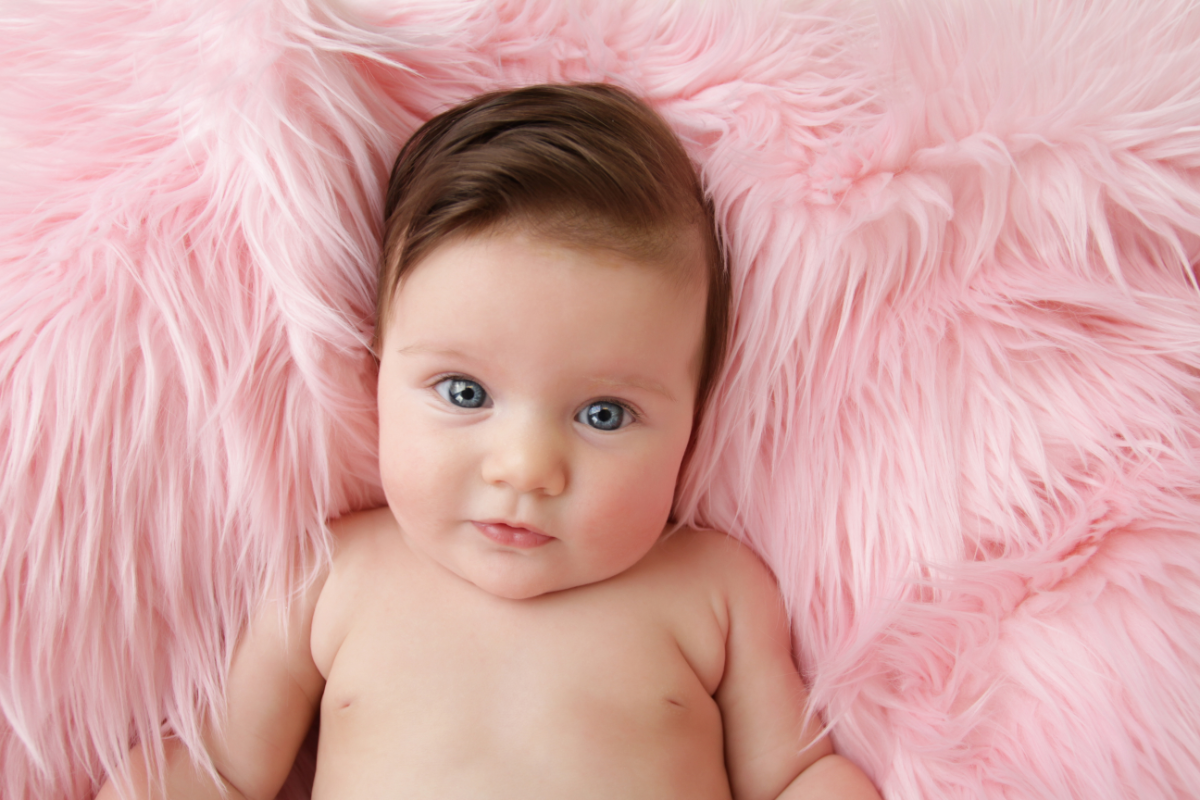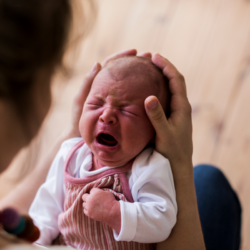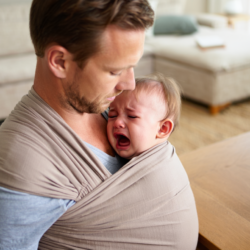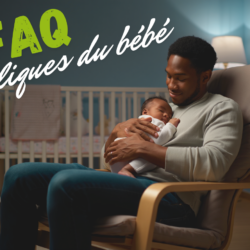” Baby’ s face is full of red spots! Just hearing this phrase can send parents into a panic. They immediately imagine the worst. It’s because these rashes look so impressive on their little one’s fragile face. Admittedly, this is a surprising phenomenon, but don’t worry, it’s nothing serious! It’s simply baby acne. In this article, we’ll introduce you to this benign condition and find out how to deal with it.
Baby acne in brief
Also known as “neonatal acne”, baby acne takes the form of small red, pink or white pimples. They appear spontaneously on baby’s face, particularly on the forehead, cheeks and chin. In some cases, they may also appear on the baby’s back and chest, but this is very rare.
Infant acne occurs during the first few days of life. It is a common superficial condition affecting one in two newborns. Despite the fact that the skin eruptions are impressive to look at on a little face, there is nothing to fear. They usually go away on their own after a while.
Baby acne can leave superficial lesions because of the fragility of baby’s skin. However, rest assured that these are not painful or itchy.
Causes of neonatal acne
The reasons for the appearance of pimples on baby’s face are still a little unclear. However, specialists believe they have some answers. They suggest that newborn acne is linked to the strong surge of hormones experienced by the mother at the end of her pregnancy. According to them, just after birth, the newborn is still impregnated with hormones. Their bodies react to this hormonal surge by suddenly producing excess sebum (which is also responsible for adult acne). This explains why her skin is oily and why pimples appear spontaneously on her epidermis. The excess hormones can also explain other changes, such as the swelling of baby’s mammary glands. But in all cases, there’s no need to worry. These are common symptoms in toddlers, and nothing very serious to report.
What to do in the event of baby acne
Baby acne is benign. Pimples go away on their own after a while. So there are no treatments as such to cure them. However, if they do not disappear within 3 to 4 months of eruption, you are strongly advised to consult a doctor, as it could be something else. He or she will be able to refer you to a specialist or prescribe the necessary treatment.
It should also be noted that neonatal acne is different from childhood acne, teenage acne and adult acne. It therefore requires special care:
● Use a mild soap or a gentle hygiene product suitable for cleansing baby’s fragile skin, such as a dermatological bar or soap-free cleansing water with a neutral pH. You can find these on our website, in the “Maternity” category.
● Above all, do not use products used to care for the skin of teenagers and adults (cleansing milk, moisturising creams, etc.), as there is a risk of damaging baby’s fragile skin. Do not use scented wipes either.
● Do not rub or pinch pimples, as this could aggravate the situation by creating inflammation and skin lesions.
● Always make sure baby’s face stays dry to avoid the risk of infection; and above all, do not use essential oils on his face.
Incidentally, the next step will be to learn how to manage teething.
Source:
https://dune.univ-angers.fr/fichiers/20070780/2014PPHA3266/fichier/3266F.pdf





